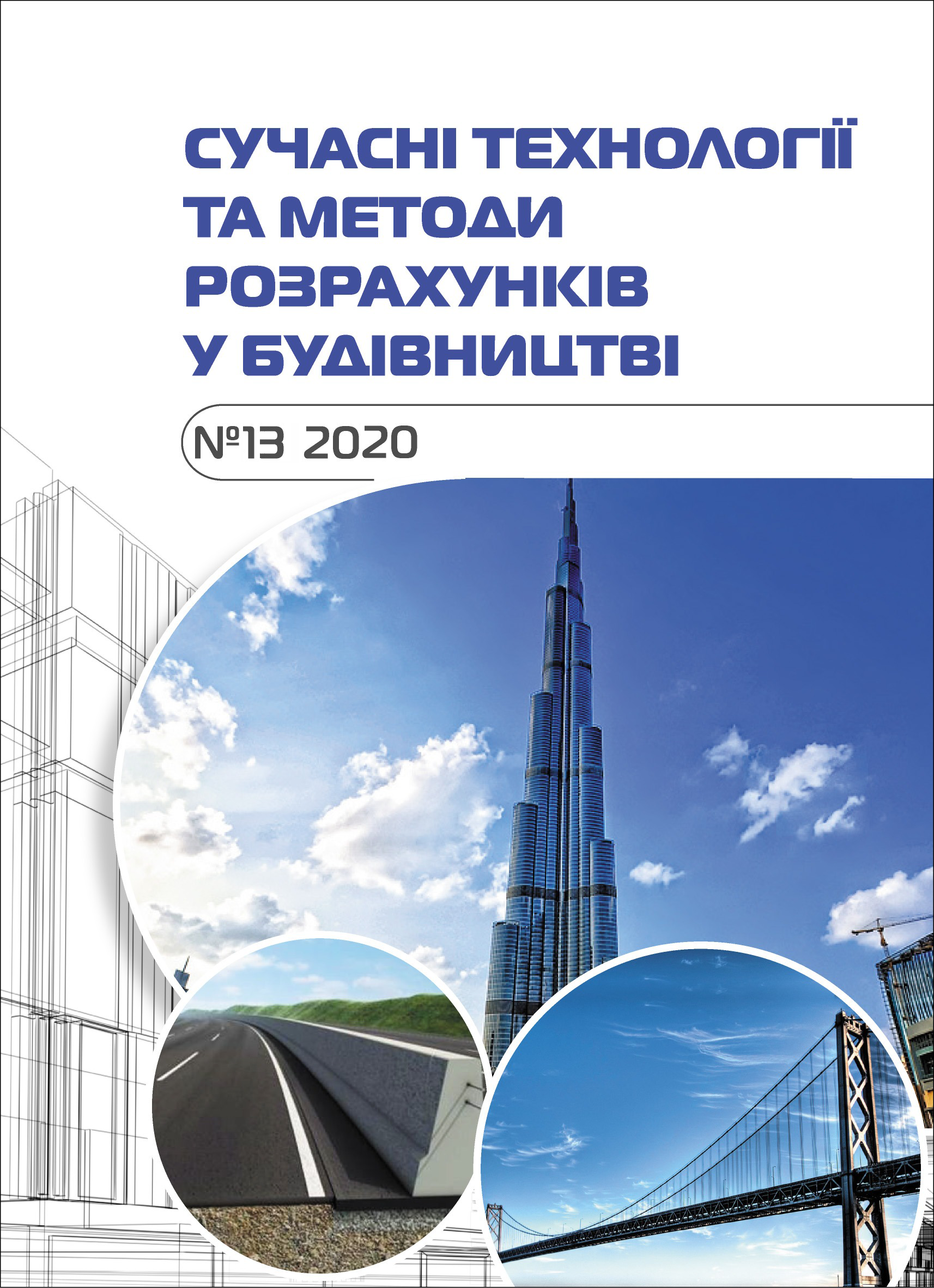Modeling of mechenical behavior of reinforced concrete beam reinforced by the shape memory alloy insertion using finite elements method
Abstract
One of the methods for improving the bearing capacity of the construction structures and engineering constructions is the application of construction materials with the improved strength and flexibility characteristics as well as the ability to disperse the vibration energy. It is of particular importance for the construction structures being in the seismic regions, which are under dynamic loading during their operation. The shape Memory Alloys (SMA) are promising materials, which can recover their original shape after uploading (the effect of superelasticity) or being under the temperature influence (the effect of shape memory) during many cycles of loading – unloading.
The mechanical behavior of a reinforced concrete beam with classical reinforcement and a reinforced concrete beam reinforced with inserts of superelastic Nitinol (Ni-Ti) is simulated by the finite element method. Beam dimensions: h=140 mm; b=80 mm; L=1200 mm. The beam is made of concrete of the С20/25 class, armature А400С 2Ø12mm L=1080 mm; mountings armature А240С 2Ø6mm L=1200 mm, reinforcing insert Ni-Ti 2Ø12 mm L=120 mm. Behavior simulation took place in the ANSYS Workbench 19 R2 PC environment. Reinforced concrete beam is divided into finite elements. Size of the Solid 186 elements for the armature 12,5 mm, for the mountings armature 40 mm. The size of the Solid 186 elements for the body of the beam was automatically selected by the software – 200 mm. In total, the reinforced concrete beam consisted of 22872 finite elements and 4730 nodes. Reinforced concrete beam with armature A400C is subjected to evenly distributed load on the plane 120×80 mm (Р = 20MPa). It is revealed that the transition of the yield strength in the simulated beam with armature А 400С occurs at a load of Р = 9MPa. Therefore, the study of the behavior of the reinforced concrete beam with classical reinforcement (armature A 400C) and the reinforced concrete beam reinforced with inserts of superelastic Nitinol (Ni-Ti) occurred when loading beams to the value of Р = 9MPa and their complete unloading. The insert of nickel-titanium (Ni-Ti) alloy replaced the plastically deformed section of the working reinforcement A400C, where the stresses exceeded the yield strength (σt 0.2 = 365 MPa).
The values of displacements, maximum stresses and residual stresses of the beams by compared. It was concluded that the inserts made of superelastic Ni-Ti alloy 16,9 times reduced the εres of the working reinforcement, increased the maximum displacement of the beam by 9,7%, increased the εmax by 47,8% compared to the working reinforcement А400C.








